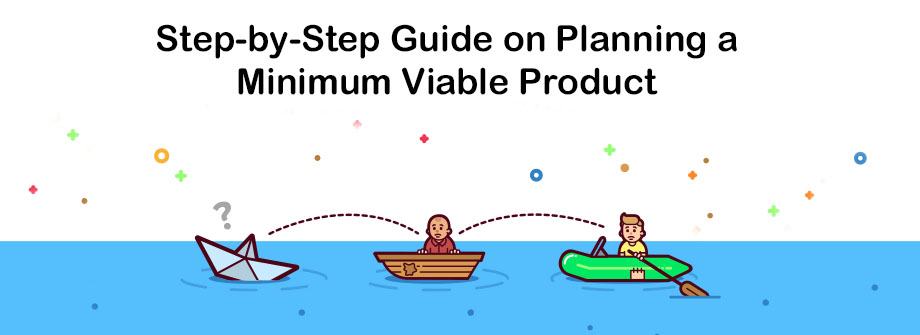Step-by-Step Guide On Planning A Minimum Viable Product
Minimum Viable Product is similar to the beta version of a new product with minimum functions to gain the maximum amount of validated learning about customers. It allows you to test the new product idea and conclude whether it will be successful or fail drastically.
The success of a new product depends on many factors including, the demand of target market, addressing the pain point of customers and overall competition. As far startups are concerned, MVP is an ideal option to test the idea with minimum investment.
MVP development goes through build, measure and learns process with the sole objective of providing quick feedback. Bearing minimum development cost and extracting data to know what users need. As the product gains traction, more features are introduced to improve and learn about user’s behavior.
If you have a great product idea, either you can start on your own or hire an MVP Development Company to take the pain. For instance, if you are going to develop MVP on your own, you have to go through the proper plan and follow it to make the MVP process smoother. Here is how to plan it.
Pinpoint Business Needs
What are some of the common traits of a new product? It largely addresses the pain of the masses and fulfills their existing needs. Firstly, you have to identify the long-term goals and write it down. The purpose of writing down the goal is to find the answer to what do you want from this project. For instance, if you are developing an app, what is the purpose of the app, how does it fulfill the needs and why customers would go for it?
After you have identified your goals, the next step is to determine the success criteria. Find out how successful will be our product and determine the benchmark that would conclude the success or failure of a particular product. For example, if you want $10k revenue in the first quarter after developing your MVP would be the first leading step towards your success.
Identify the Opportunities
In the next stage, you have to identify the opportunities to solve the problems and add value. Find out what will be the user’s journey which is mainly divided into three elements i.e. user, user action and story ending.
- What actions do you require from users to complete
- Summarize the troubles that users face while taking the action
- What was achieved in the end after addressing the pain point
List down the number of pains and gains achieved from each user’s action. Prioritize the list from most to least important to identify the opportunities. Find out the possibilities that would help in giving more value to the users.
Plan Features Offering
In the final stage, you need to decide what features to include in minimum viable product. Make sure that your product centers around the core offerings on priority instead of extras. Sort out the most important to least ones in the features listing.
Your features will be based on your core statement of what the product is all about. Identify the features that you want to include and analyze whether it meets the core purpose and objectives. Breakdown the features and create a product roadmap.
List down the end users and their specific needs to know whether it matches the requirement and fulfills the purpose of your product. Prioritize each feature and identify where you can have an impact and fulfill the need on urgent basis. The features that are on low priority list can be included in the future release.
Conclusion
The success of Minimum Viable Product largely depends on how well you plan and gain market traction. Using growth hacking techniques can help you in attracting a large number of audience in the early stage. As soon as you have successfully developed an MVP product, make sure to focus on key findings in determining the response and overall feedback of the users.


















